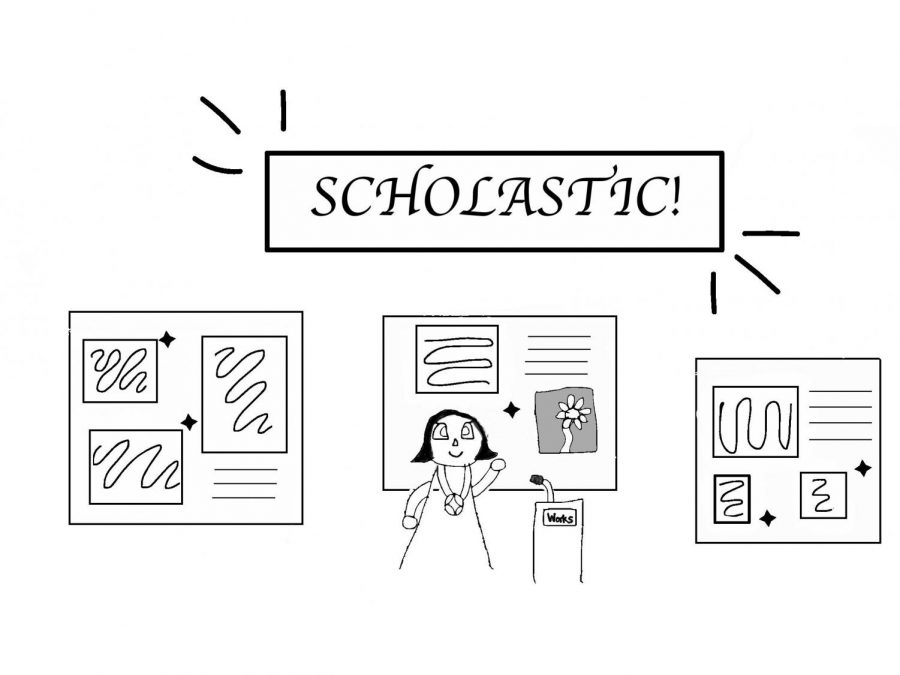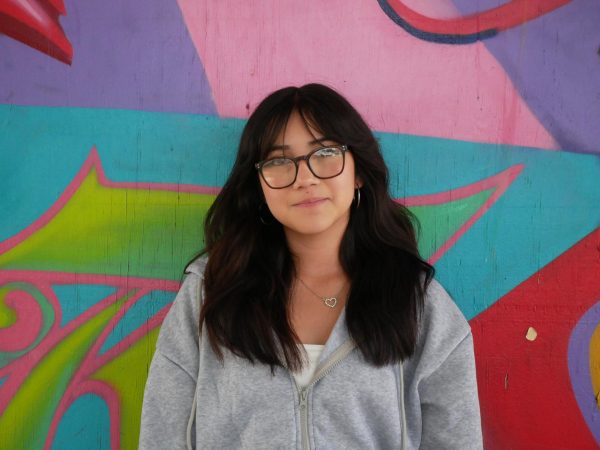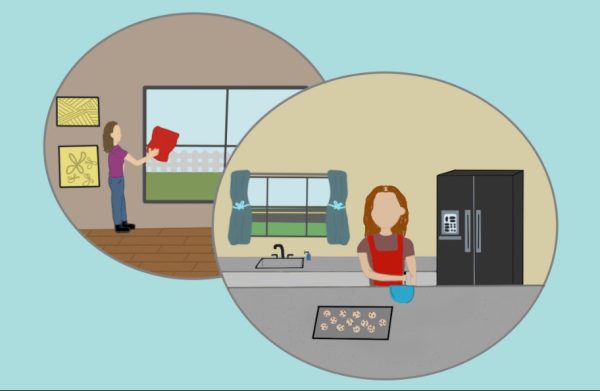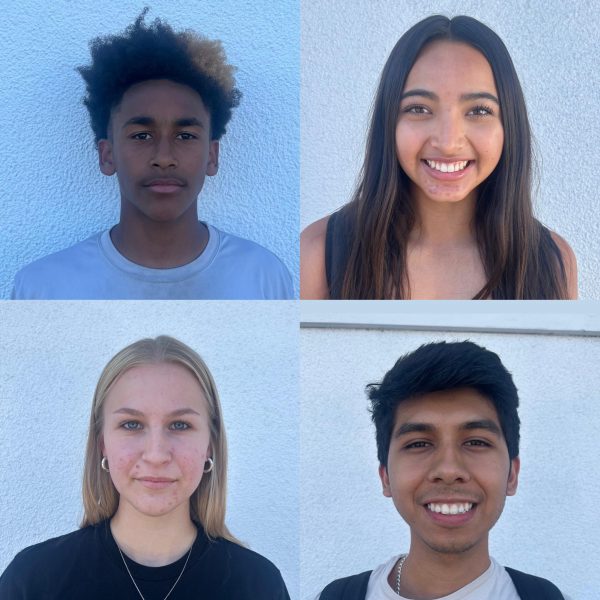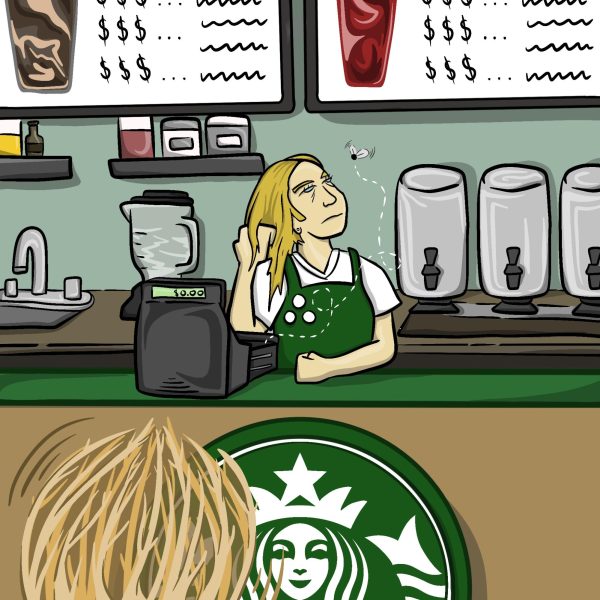BVH Students Should Participate in Scholastic Art and Writing Awards
December 20, 2019
Many of us remember a time when the word “Scholastic” led us back to the captivating book fairs of elementary school. We remember the indulgence of pressing our nose onto clean pages, in search of new meaning in their smell. We remember the freckled smile of the Parent Teacher Association (PTA) mom as we shyly handed her our Diary of the Wimpy Kid book.
Art—reading, writing, drawing and everything in between—reverberated a different echo during childhood. It was a process of wonder and discovery: aimlessly drawing on whiteboard with a forgotten sharpie, devouring every page of a book until our eyes wilted or simply abandoning it on the very first page.
This free-spirited creativity is something many of us in high school have seemingly forgotten. Scholastic’s Art and Writing Awards represent the ideal first step to reconnect with the art that has defined an important era of our lives.
In short, Scholastic’s Art and Writing competition captures the essence of this carefree art while bringing us closer to our identity, beliefs and personal growth. It is an opportunity no student should neglect. As a publishing, education, and media company, Scholastic conducts annual national competitions in various categories of art and writing, ranging from painting, photography and video game design to novels, poetry and persuasive essays. Online submission fees are 7 dollars per work and require a parent or guardian’s permission. Students may also sign a fee waiver.
Although the 2019 deadline for our region has passed, Scholastic opened its 2020 competition on Sep. 13 for all students grades seven to 12. Students can receive national awards and have their works displayed at galleries across the nation if they are successful in these competitions.
While Scholastic does not necessarily prefer self-expressive art and writing, it emphasizes originality and the student’s distinct voice. Scholastic’s online galleries are known to generously award such art and writing, which focuses on identity, personal experiences and self-expression.
As a child, one often wrote about common experiences—one’s favorite color, walk to the park, or even dislike of cafeteria food—not to impress or to gain favor, but to relay the pleasures and sorrows of one’s basic reality. In this sense, art can capture the banality of life; it can serve as the medium through which students maintain their authenticity.
Science tells us that art and writing can also have extensive emotional benefits. This is indicated in a comprehensive study on “The Connection Between Art, Healing, and Public Health” by researchers Heather Stuckey and Jeremy Nobel. They find that daily self-expressive writing may “contribute to maintenance […] of a positive identity.”
In today’s competitive, college preparatory-focused environment, where students may only feel validated by test scores, art can build one’s self-esteem, and the strengths and attributes that distinguish each person. A positive identity is one that can experience academic failure and personal hardships but remain stable and help one grow into a more mature and successful individual.
College is regarded as the pinnacle of academic success, yet students often seem to forget that college is also a process of reflection and soul-searching. In an academic frenzy for letters and numbers, one may lose sight of definition—what defines one’s values, beliefs, and experiences.
Art is the tangible representation of people. Unlike the test scores and grades students send to colleges, art depicts one’s story. It cannot be measured, compared or validated; it is valuable in its novelty and authenticity. In today’s competitive college admissions process, art–whether literary or visual–distinguishes one from the vast sea of applicants to reveal the creative juices that flow within every student. Scholastic’s artistic competition presents students with the valuable opportunity to showcase this important aspect to colleges.
As of Dec. 2019, prospective students for Scholastic’s Art and Writing Awards have exactly one year to prepare their submissions. While the colorful book fairs of elementary school now only remain in memory, the books one has collected on the way patiently sit, waiting to be opened for the next chapter.

